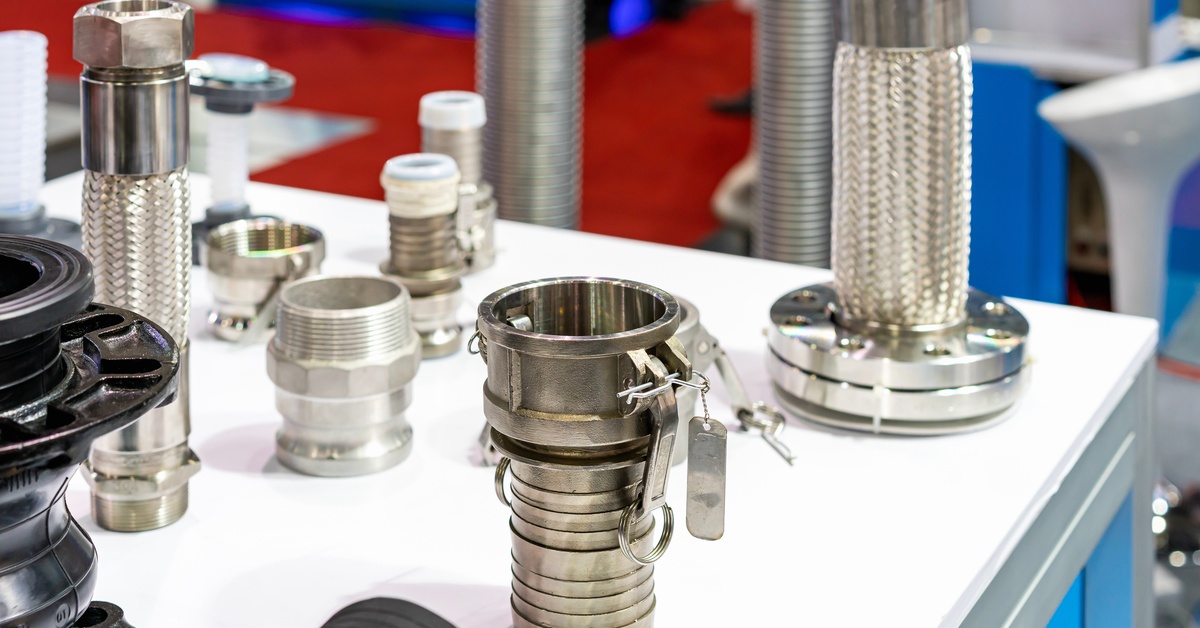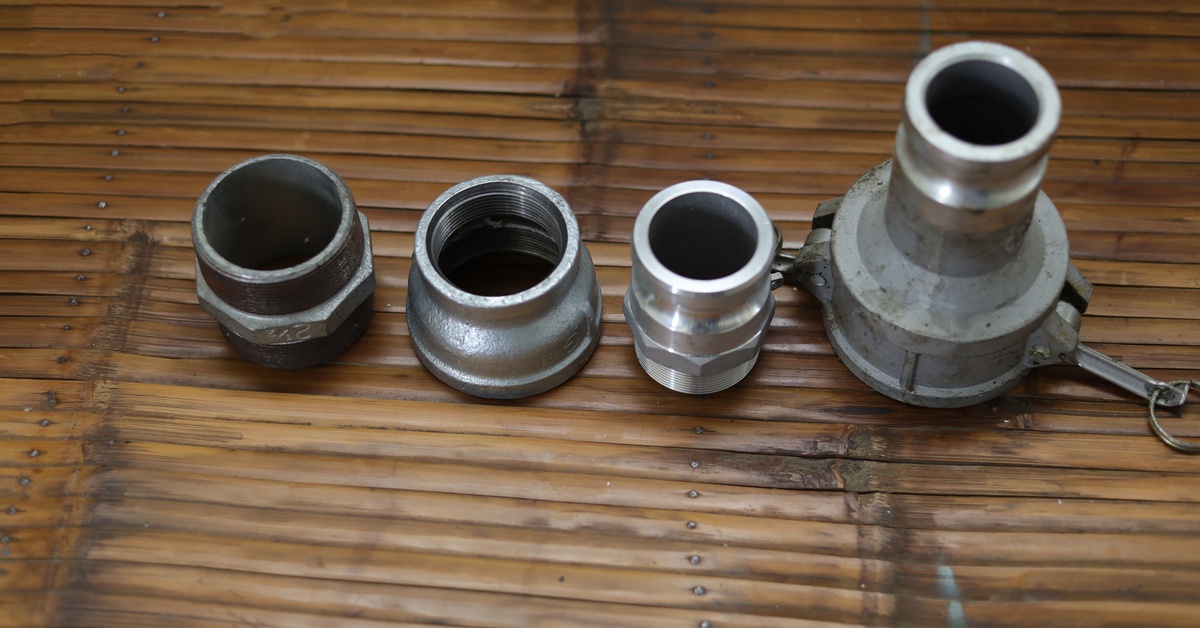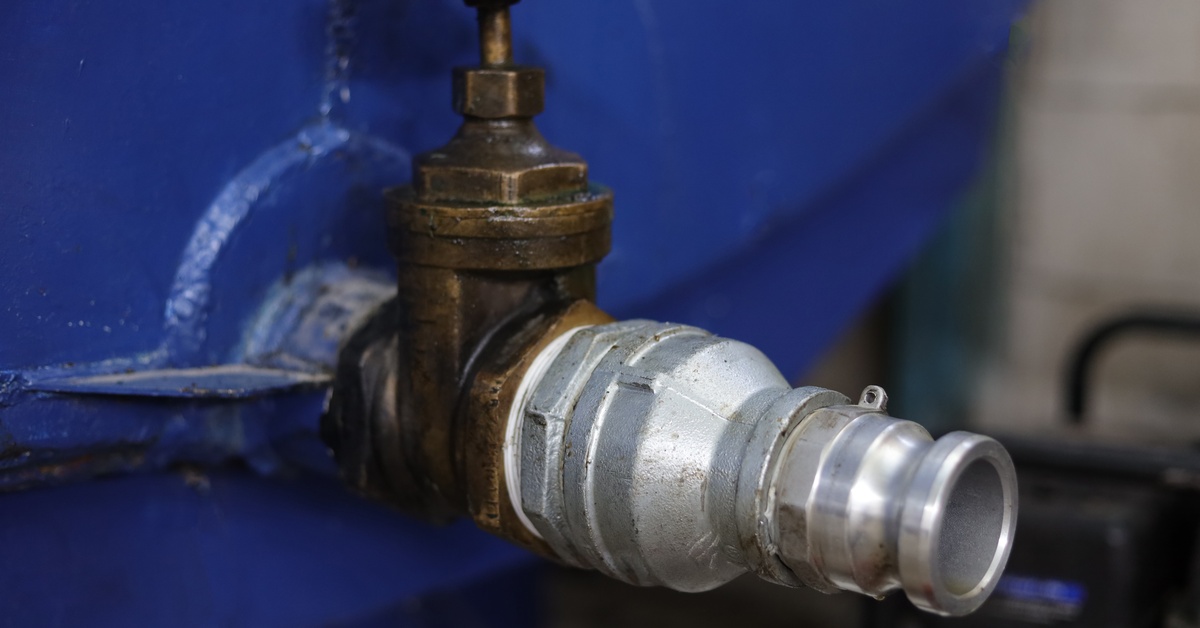
Author: Tyler Mashek
Selecting the right camlock couplings ensures the efficiency and safety of your liquid and waste transfer processes. Whether you operate a vacuum truck, manage waste handling for a large facility, or work in another environment where durable and reliable hose connections are nonnegotiable, it pays to understand what sets camlock couplings apart from other connection types. Here are some essential facts you should know before using camlock couplings to gain insight into the practical benefits, ongoing maintenance requirements, and limitations of these critical components.
Camlock couplings, also known as cam and groove couplings, are designed to provide a fast and tool-free method for connecting and disconnecting hoses or pipes. This proves invaluable in situations that demand frequent hose changes, such as septic services, hydro-excavation, or any application where downtime directly impacts operational efficiency.
By eliminating the need for wrenches or additional tools, operators quickly secure or release couplings, reducing setup and teardown times significantly. This increase in speed reduces the physical strain on technicians, thereby improving productivity and reducing the risk of injury.
Camlock couplings use a variety of materials, each designed with specific environmental and chemical compatibility in mind. The most common options include stainless steel, aluminum, brass, polypropylene, and nylon.
Stainless steel couplings offer the highest resistance to corrosion, making them ideal for handling hazardous or corrosive materials commonly encountered in industrial cleaning or chemical waste removal. Aluminum is preferred when weight reduction and ease of handling are priorities, especially in large-diameter connections or portable setups.
Brass may be selected for its spark-resistant and temperature-stable properties, making it useful in applications that handle flammable or volatile fluids. Polypropylene and nylon are nonmetallic alternatives that offer excellent chemical resistance and cost-effectiveness, making them best suited for lower-pressure systems or environments where exposure to aggressive chemicals is more likely.
One of the core strengths of camlock couplings is their adaptability across a range of sectors. For example, these couplings are indispensable in agriculture, where reliable water and chemical transfer significantly affects crop yields and operational timelines.
The oil and gas industry uses camlock couplings for secure, high-volume liquid transfer, while pharmaceutical facilities may utilize them for efficient handling of sensitive or reactive media. For waste and vacuum truck operators, their robust build and fast connection features make daily operations seamless, reducing unnecessary downtime.
Leak prevention is a critical requirement when transferring hazardous, sensitive, or valuable fluids. Camlock couplings address this need by incorporating precision-molded gaskets and seals designed to form a tight, leakproof barrier once engaged.
These sealing solutions are customizable to meet the fluid’s compatibility requirements and are particularly vital in waste handling, chemical transfer, or hydro-excavation, where spills result in regulatory violations or environmental harm.
For example, EPDM, Viton, and PTFE seals withstand a range of chemical exposures, enhancing operational safety. Ensuring regular inspection and prompt replacement of worn gaskets is a practical way to maintain leakproof connections, safeguard equipment, and minimize costly losses.

Modern camlock designs integrate safety mechanisms to mitigate the risk of accidental disconnection. Manufacturers utilize locking arms, spring-loaded safety pins, or cam arm clips to prevent the coupling from disengaging during operation or transit. These safety measures are especially important in demanding environments where equipment jostles or vibrates, as is common with vacuum trucks or portable waste systems.
By physically securing the cam arms, such safety features protect the operator and the surrounding environment, preventing unexpected product discharge or system failure. Adhering to best safety practices, including double-checking clip engagement and inspecting for wear, further reduces the likelihood of accidents on-site.
Although camlock couplings excel in managing liquids, powders, and some gases, they are categorically unsuitable for compressed air or compressed gas applications. The primary concern is the design’s inability to safely contain high-pressure scenarios. The sudden release of compressed air during combustion causes couplings to disconnect violently, posing significant safety hazards to operators and bystanders.
Industry standards, manufacturer guidelines, and regulatory recommendations consistently advise against using camlocks for such purposes. Always choose specifically engineered quick couplers or hose systems when working with compressed air, prioritizing the manufacturer’s specifications to avoid accidents or equipment failures.
Camlock couplings are known for their robust construction and resilience, traits essential in heavy-duty environments such as septic services, hydro-excavation, or industrial waste management. Manufactured to withstand mechanical stress, abrasive fluids, and regular handling, camlocks offer a lower risk of breakage or wear compared to conventional threaded or push-fit connectors.
The use of high-grade materials, corrosion-resistant coatings, and precision engineering collectively enhance their lifespan. This durability translates into lower replacement frequency, reduced downtime, and sustained performance, which is particularly important for contractors or operators working to tight schedules and budgets.
Regular inspection routines focus on checking for debris, corrosion, worn gaskets, and bent cam arms, all of which may be resolved quickly on-site. When not in use, the application of dust caps and plugs protects the coupling from contamination and accidental damage, extending the functional life of the connection.
Cleaning metal camlocks is straightforward, typically requiring only mild detergent and water, while plastic types require inspection for chemical-induced brittleness. These practical measures ensure that each connection remains reliable job after job, reducing the risk of leaks or failure in the field.
One of the most practical advantages of camlock couplings is their general interchangeability among reputable manufacturers. This compatibility simplifies logistics and equipment management, as operators may source replacement parts from a variety of vendors without concern for proprietary differences.
However, it is important to note that select sizes, such as 5-inch and 8-inch couplings, may not always be fully interchangeable due to minor design variations or regional standards. Confirming interchangeability before integrating new components into existing systems helps maintain consistent performance and prevents unexpected downtime.

Camlock couplings are the connection of choice for transferring a broad spectrum of substances, including liquids, powders, and select gases. Their distinct types, commonly designated as Types A through F, along with DC for dust caps and DP for dust plugs, are each optimized for specific connection needs. For example, Type A (adapter with female thread) and Type B (coupler with female thread) work together to handle different hose and pipe configurations commonly encountered in vacuum truck operations or wastewater management.
Understanding these ten facts you should know before using camlock couplings ensures you make informed purchasing decisions. Explore the solutions at Varco Supply to make tough jobs easier, and connect with technical experts who will help you choose the best products for your next project. Discover a range of camlock couplings tailored to your sector, and benefit from reliable, efficient connections that keep your business moving forward.